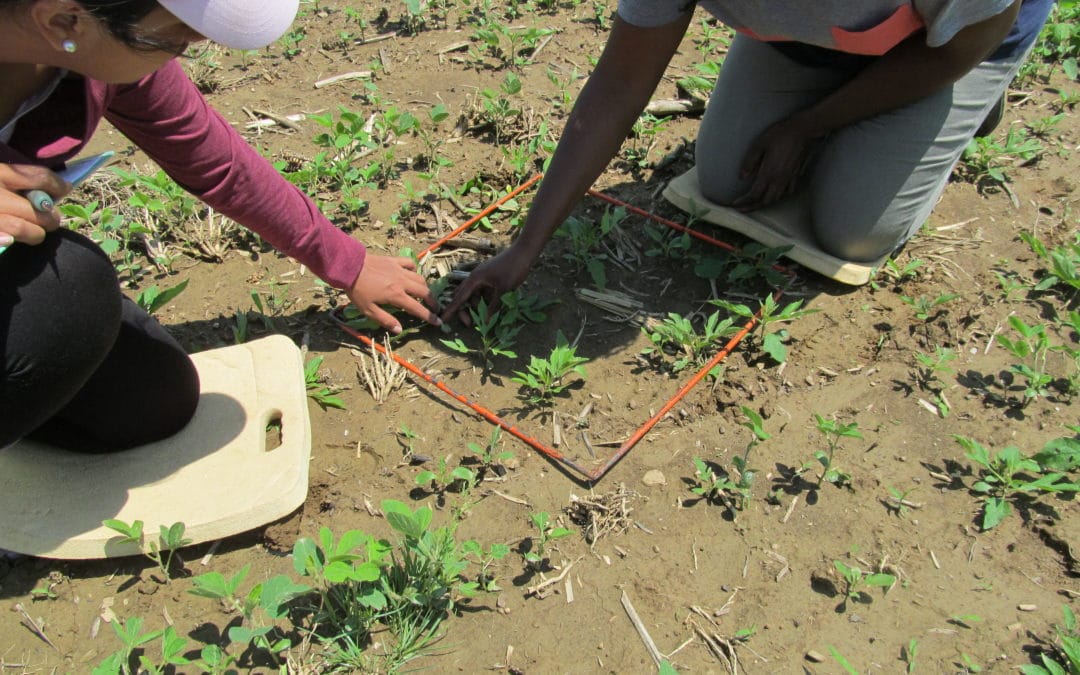
These two ideas stuck with Doohan – that soil balancing reduces weeds, and that standing water increases weeds. As he began to learn about soil balancing, the two concepts slowly merged into a possible hypothesis.
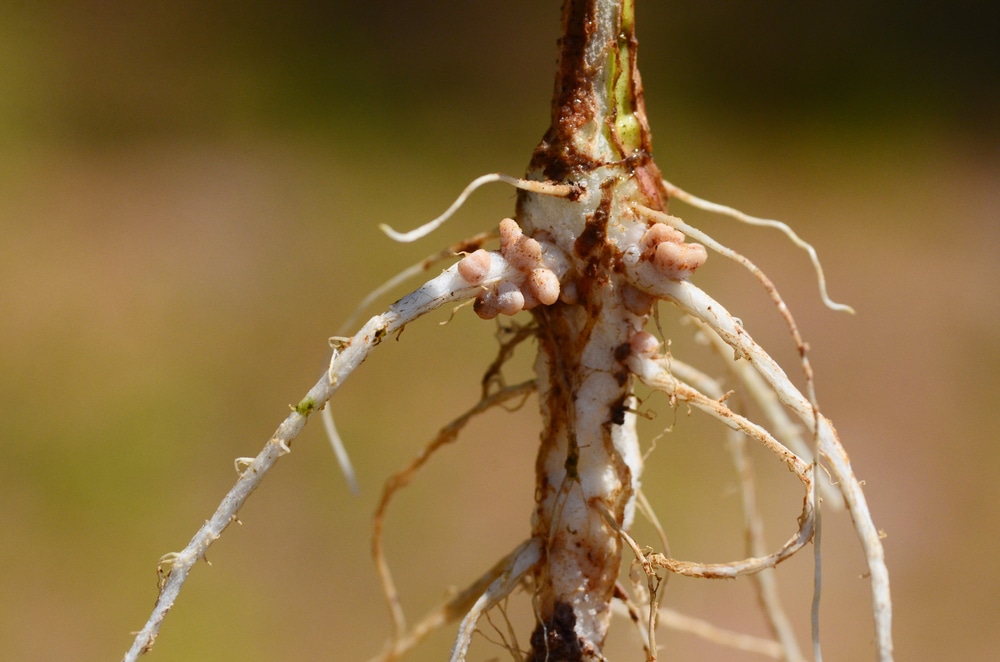
Most of the legumes important in agriculture are known as nitrogen fixers, but the plants themselves don’t really fix nitrogen from the atmosphere. These legumes can form a mutually beneficial association with rhizobia bacteria that “fix” nitrogen from the air and share it with their host plant.
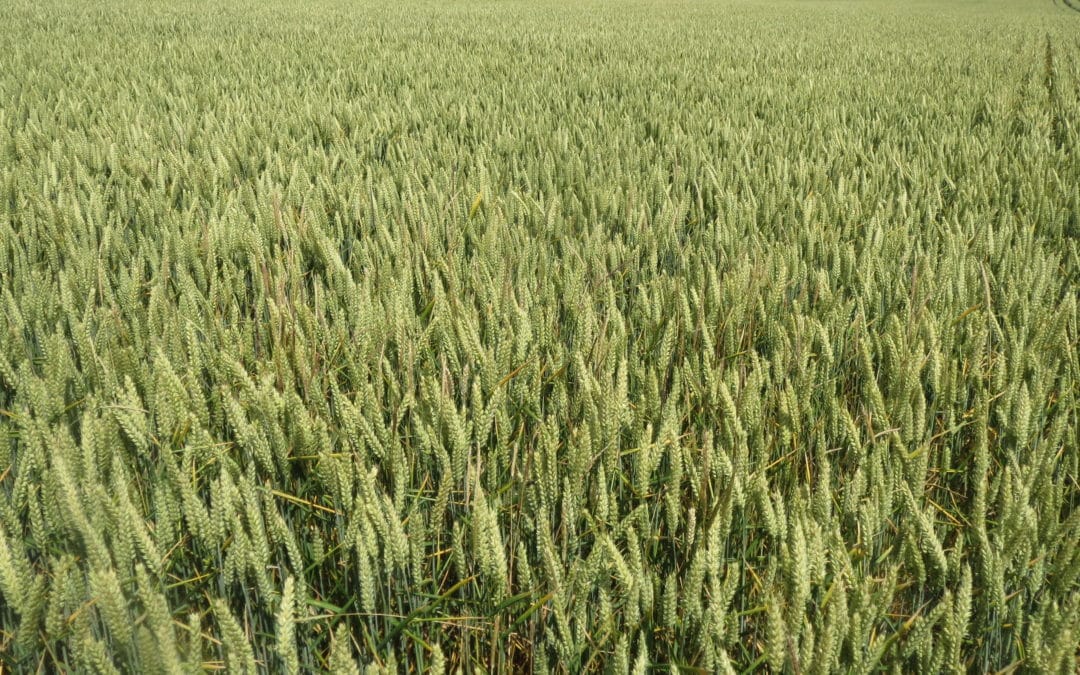
My main goal on my farm is to build soils and grow high-yielding crops without lots of synthetic inputs. That’s why I work in a lot of young, succulent cover crops and put on dairy manure and chicken manure. I also want to maintain or increase my organic matter levels, so I also use compost and humates on my fields and let some cover crops get more mature when I am focused on a soil-building year for a particular field.
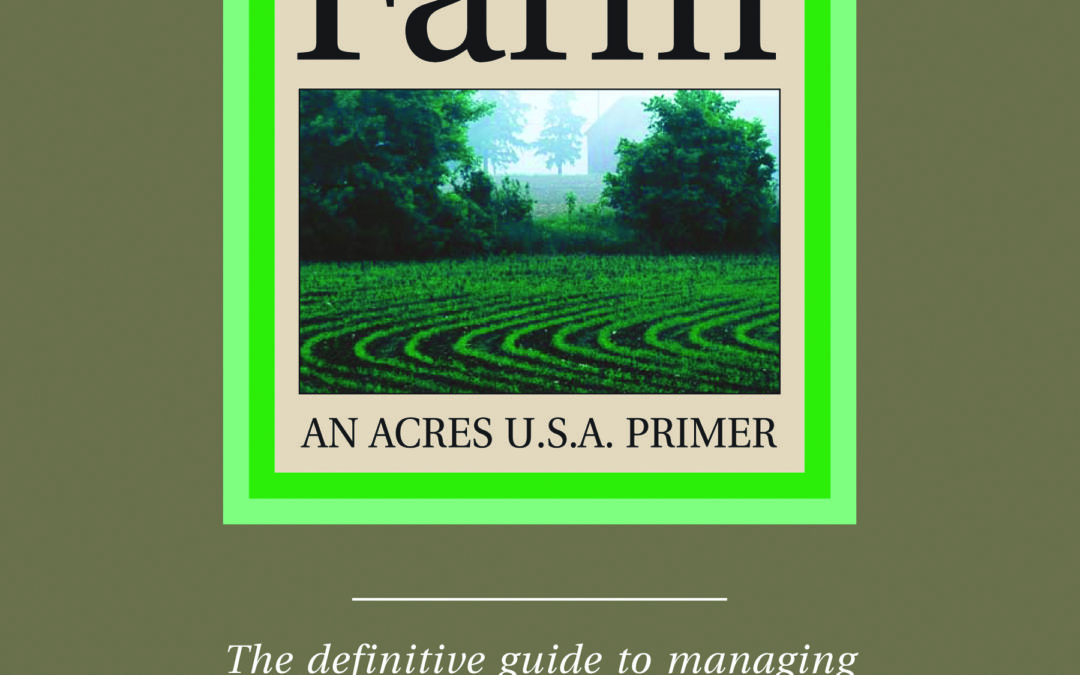
What then are the right food webs needed to support wholesome field-ripened crops without reliance on inorganic fertilizers and/or toxic rescue chemistry? How can the grower identify the organisms that power crop production?

One single rye plant has the equivalent surface area of an entire garden in direct contact with the soil in which it grows. What this soil is made up of has to be crucially important.
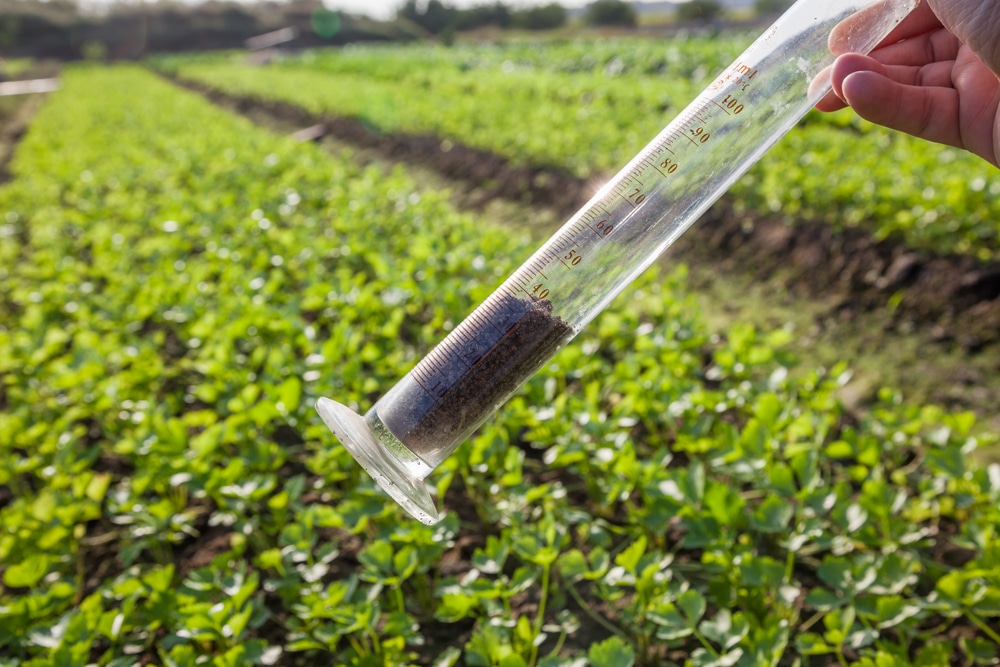
The first step on the road to achieving healthy soils able to sustain productive plants is the soil or plant analysis test.








